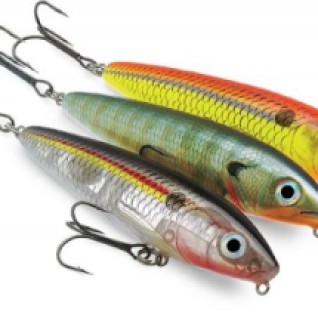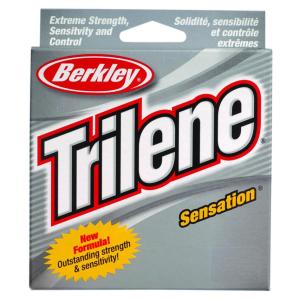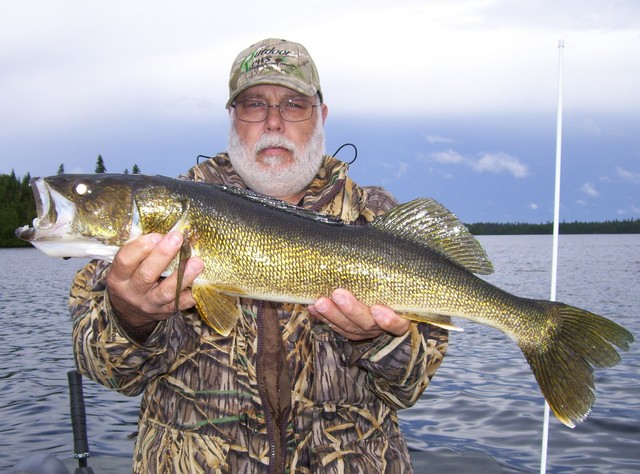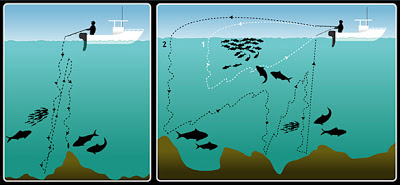Many species are a blast to catch using topwater lures, but northern pike frequently charge baits with an unbridled aggression that are fascinating. Willing participants, pike are often eager to take a bait off the water’s surface because the presentation appears to them to be an easy meal.
Here are three preferred topwater baits and tips on using them for pike.
Cigar, Or Walk-The-Dog, Lures
A favorite topwater for pike is a walk-the-dog bait, such as Heddon’s Zara Spook or Rapala’s Skitter Walk.
Best fished with a stout baitcasting rod, you must impart a side-to-side swimming motion to the bait. Do this by twitching the rod tip down, then immediately raising it again. This causes the bait to jerk to the side. Raising the rod gives the lure slack line to pull as it glides. After a split-second pause, start another twitch to cause the bait to turn and glide in the other direction. Continuous twitching results in side-to-side surface motion that causes a lot of commotion. The sight is often too much for pike to pass up.
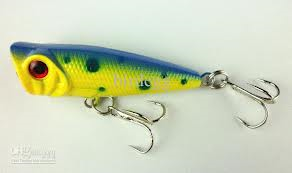 A Topraider is a trophy-hunting topwater prop lure.
A Topraider is a trophy-hunting topwater prop lure.
To share some tips on using these baits, one effective tactic found is mixing up the tempo of the twitches throughout the retrieve. Slowing it down or speeding it up often triggers hits. If a fish swipes at a bait, but misses it you can often get a pike to hit again. One method is prolonging the pause between twitches. After some practice you can get the bait to dance in the strike zone for a while. This conveys an injured and disoriented fish. Pike will often return to hit again with this tactic. Another option is continuing the retrieve and then casting back over the area again.
 Prop Baits
Prop Baits
These baits are easy to work. Simply cast out and reel it in on a steady retrieve. The lure’s metallic tail spins as you pull it through the water. This prop appendage creates a plopping sound and leaves a wake on the surface. The steady rhythm and straight path make it easy for pike to hone in on. A word of advice when working these lures: don’t retrieve them too quickly. The best tempo is often a pace just fast enough for the blades to be continuously turning.
An alternative to a steady retrieve with these lures is using a twitch-pause pattern. This is particularly effective for lures with blades in the front as well as on the rear. The metallic sputtering caused by the twitch is extremely effective at attracting pike.
This pike hit a prop bait worked over a river weed bed.
Buzzbaits
Unlike the above lures, which often feature treble-hook clad models, buzzbaits are a single-hook lure. The up facing hook point makes a fairly weedless presentation. Buzzbaits have either metal or plastic blades attached at one end of a wire form, which has a dressed hook at the lower end. These lures excel at fishing the shallow, weedy haunts pike frequently inhabit. Cast them on the edge of lily pad bays, among sparsely growing rice or reed areas, and sunken wood zones. In fact, anywhere you think might hold pike are good places to cast buzzbaits. Bring it in on a fairly steady retrieve, but keep in mind twitches in the rod tip or changing the bait’s direction can trigger strikes.
When targeting pike with topwaters, remember that calm to slight ripple conditions are best. Don’t be afraid to try topwaters in small waves though because big fish often hunt in the turmoil caused by waves, and will still take surface lures. Pike are always surveying their habitat for easy meals; often, a topwater is one of the best lures to portray vulnerability. Not to mention that watching a northern hit a surface lure always gets the adrenaline flowing!
Follow our HUNTING BLOG
WEB RATES FISH HUNT CABINS PHOTOS
BROCHURE HUNT BOOKLET

